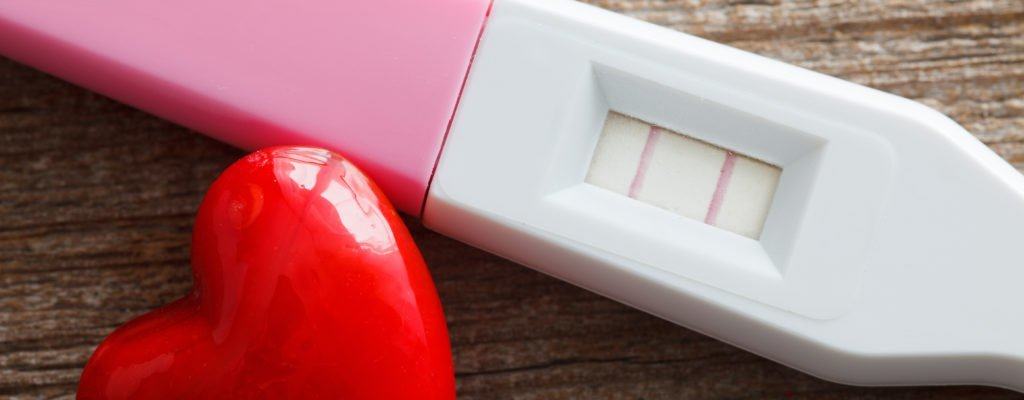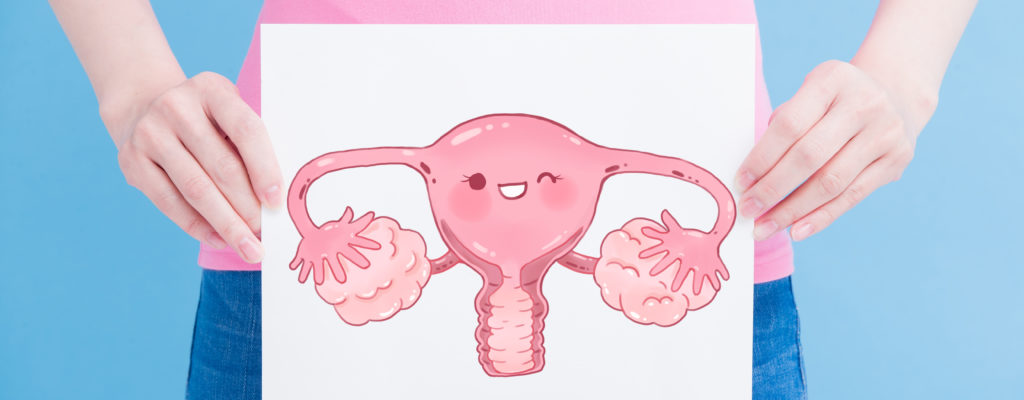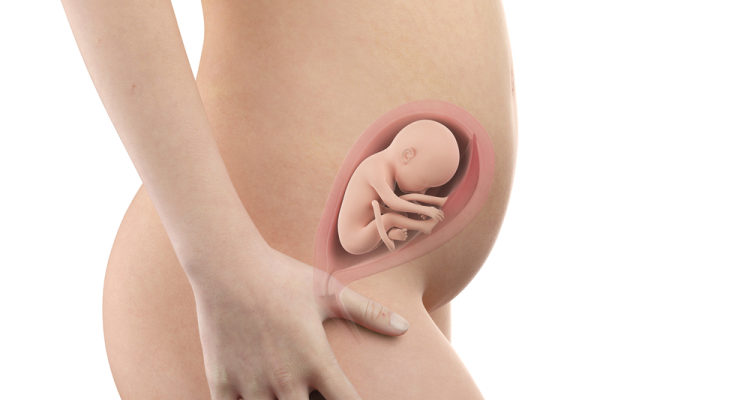How does the baby in the womb breathe? During labor, the amniotic fluid breaks, will my baby suffocate? The answer is no, because the fetus breathes through the umbilical cord.
During formation and development , the fetus needs oxygen to sustain life, but the baby does not breathe through the nose or mouth as it was when born. So how will the baby breathe? It can be said that the umbilical cord is the part responsible for the lung when the baby is still in the womb, helping to transport oxygen to the baby.
Your baby's lungs usually begin to develop in the early stages of pregnancy but are not completed until the late stage. From week 24 to 36, the lungs begin to develop alveoli. These alveoli will help your baby breathe after birth. Mothers often worry about their baby's breathing problems during labor. However, at this time the umbilical cord will continue to supply the baby with oxygen until labor is complete. The first moment a baby is born is when the baby's first breathing begins.
How does the baby in the womb breathe?
The first few weeks of pregnancy, the baby is shaped like a ball. This stage, the baby does not need to breathe. The umbilical cord will be your baby's source of oxygen. As long as the umbilical cord is intact, there is no need to worry about the baby choking inside the womb.
1. The umbilical cord of the fetus develops
After 5-6 weeks of pregnancy, the umbilical cord develops to provide oxygen to the fetus. The umbilical cord is connected to the placenta, attached to the wall of the uterus. Both sets have many blood vessels and play an important role in your baby's development towards the end of pregnancy.
The umbilical cord and placenta are the intermediate parts to transport oxygen and nutrients from the mother's body to the baby's body. This means that the mother will always breathe the baby's part. This process goes like this: when the mother inhales, oxygen in the air enters the mother's circulatory system, enters the placenta and umbilical cord to the fetus. Then, carbon dioxide will also travel from the baby's body through the umbilical cord and placenta to the mother's circulatory system and out as the mother breathes out. Oxygen and carbon dioxide when transported into the baby's body will never meet because they will be transported through two separate veins.
2. Lung development in the fetus
Your baby's lungs are perfect after 35 - 36 weeks of pregnancy . However, sometimes there will be a difference in when a baby's lungs are fully developed. That is why premature babies often have difficulty breathing. When you show signs of preterm birth, your doctor will use steroids to promote lung development, helping your baby breathe better when born.
Even though your baby's lungs are fully developed, they won't breathe through their real lungs until they're born. The fetus is surrounded by amniotic fluid and the baby's lungs are also filled with water. In the late stages of pregnancy, babies begin to practice breathing (practical breathing). However, the baby does not breathe in oxygen, but only makes amniotic fluid in and out of his lungs.
If there is a problem with the placenta or umbilical cord, the baby will not be able to breathe. This will lead to birth defects, brain damage and even stillbirth .
3. Baby breathes after birth
Some babies are born with the umbilical cord wrapped around the neck. This condition is quite common, about 12 - 37% of babies born with this condition. This will not harm your baby as the umbilical cord still provides the baby with enough oxygen.
However, if the umbilical cord is wound too tightly, the oxygen supply will be limited. If your baby has trouble breathing, the doctor will intervene. When the baby is exposed to a new environment (temperature changes, no amniotic fluid, oxygen exposure), the baby will begin breathing first.
Some babies have a bowel movement during birth, this stool is called meconium . Before birth, if a baby inhales poop, it will seriously affect the baby's ability to breathe and need to breathe oxygen after birth.
Childbirth in water can affect the baby's breathing?

Some women prefer the traditional method of delivery, while others choose to have a domestic birth. This method is safe and does not affect the ability of the baby to breathe, help the birth process take place more gently, relieve pain and mimic the environment of the uterus.
Your baby will still receive oxygen from the umbilical cord until it is picked up from the tub. If your baby stays in the tub for too long, he or she will drown. After being picked up from the water, your baby will begin to breathe first and foremost.
The lack of oxygen to the fetus after birth
Baby's inability to get enough oxygen after birth is called respiratory failure. This can damage the brain and even die. The main reason is due to:
Umbilical cord problems, such as an injured umbilical cord, affect blood vessels.
Abnormal pregnancy causes the baby to be deprived of oxygen after birth.
Dysfunction due to the shoulder stuck after the baby's head is out.
Excessive bleeding during pregnancy and during childbirth.
Careful health care during pregnancy will help reduce the risk of hypoxia. If breathing is difficult, your baby will be placed in a special care cage.












